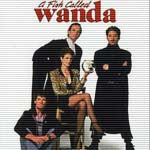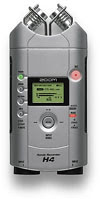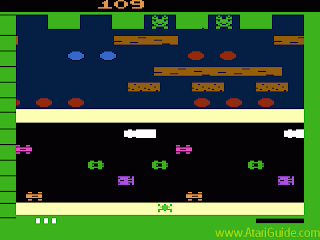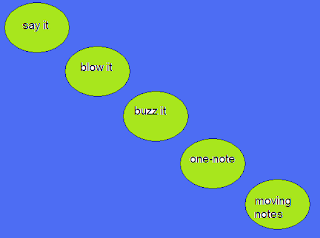Recently a student was struggling a bit in a lesson when, outside my window, a formation of helicopters flew by unexpectedly. When he saw them, without thinking he launched into Wagner's Ride of the Valkyries.
Interesting...the struggles present in the piece we had been working on suddenly vanished as he played this unexpected Ride without thinking. Remember those words: without thinking (at least not consciously!).
At the Eastern Trombone Workshop (which I sadly couldn't attend), Ko-Ichiro Yamamoto
apparently did a master class and spoke about playing bass trumpet in Wagner's Ring Cycle. If I understand correctly, he talked about picking up the horn at various times and playing some of the solo passages without relying on warm-up notes. (hope I got this right).
Interesting: being ready to go without needing those warm-up notes.

Reminds me of that movie, A Fish Called Wanda, in which Kevin Kline awakes to his alarm clock, immediately grabs a gun and fires at a target. (Followed, if I remember correctly by blowing up a rubber boot or something psycho like that).
I assume you know about the whole helicopter ride of the Valkyries thing.
By the way, this video has some violent war footage, don't click to view if you'd rather not see such things.









